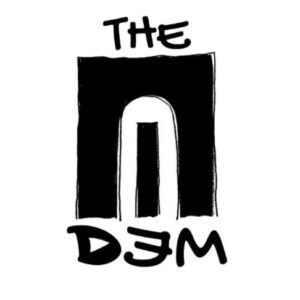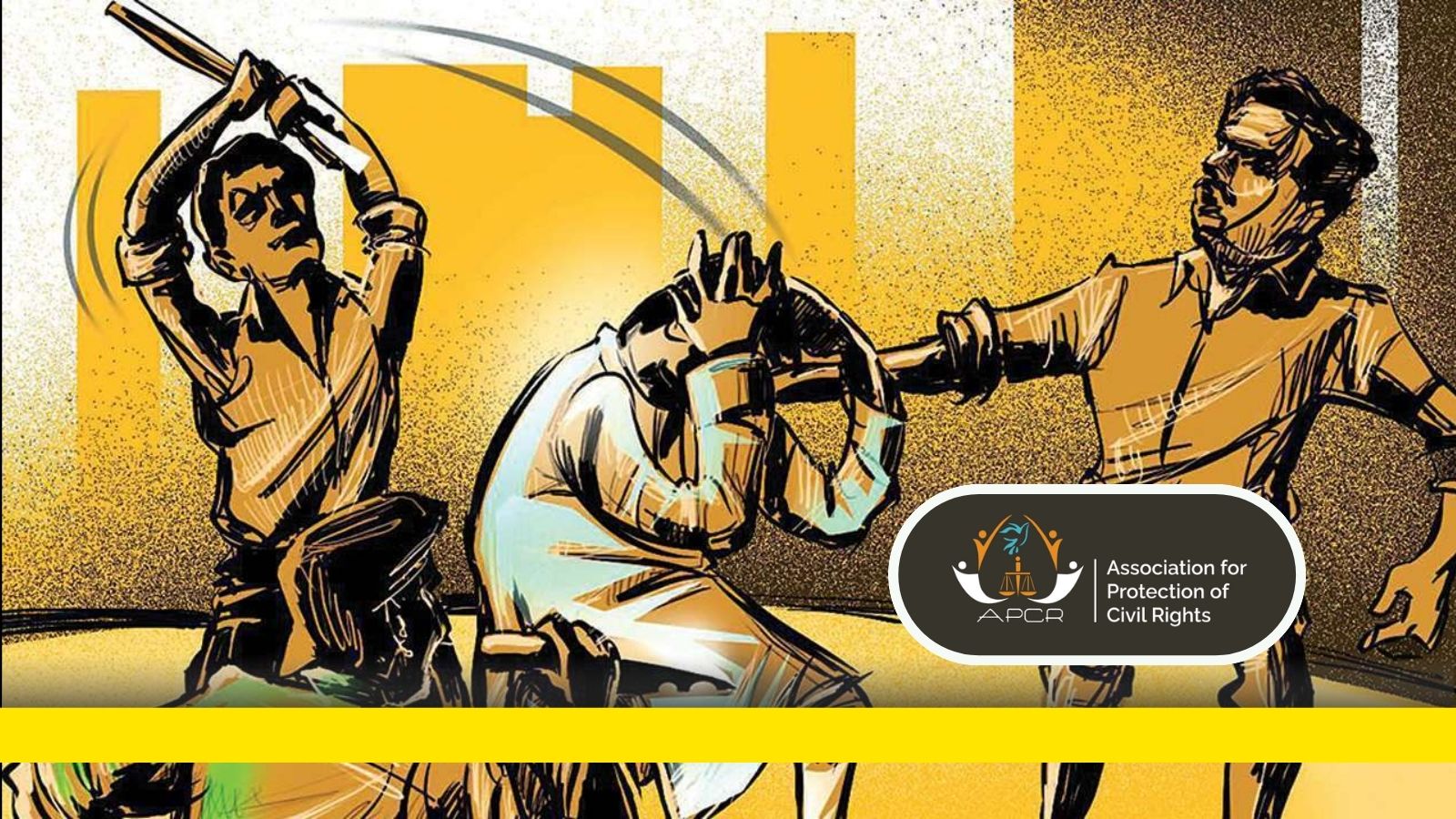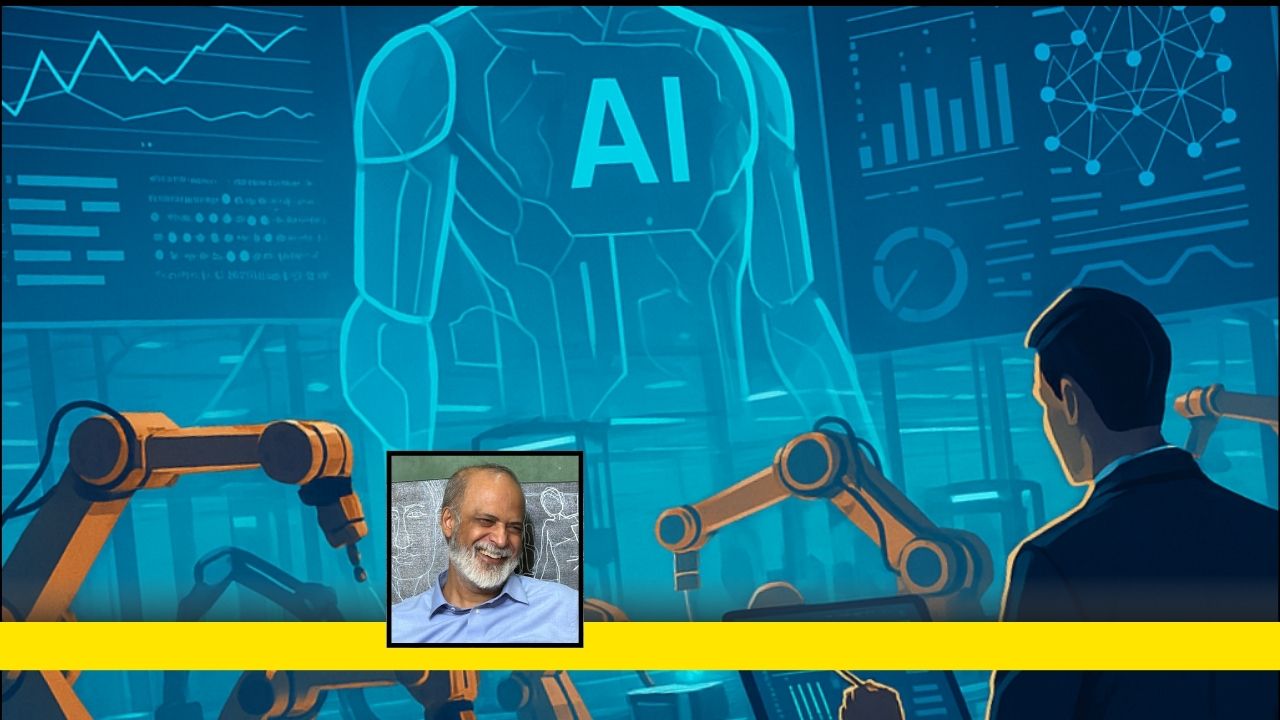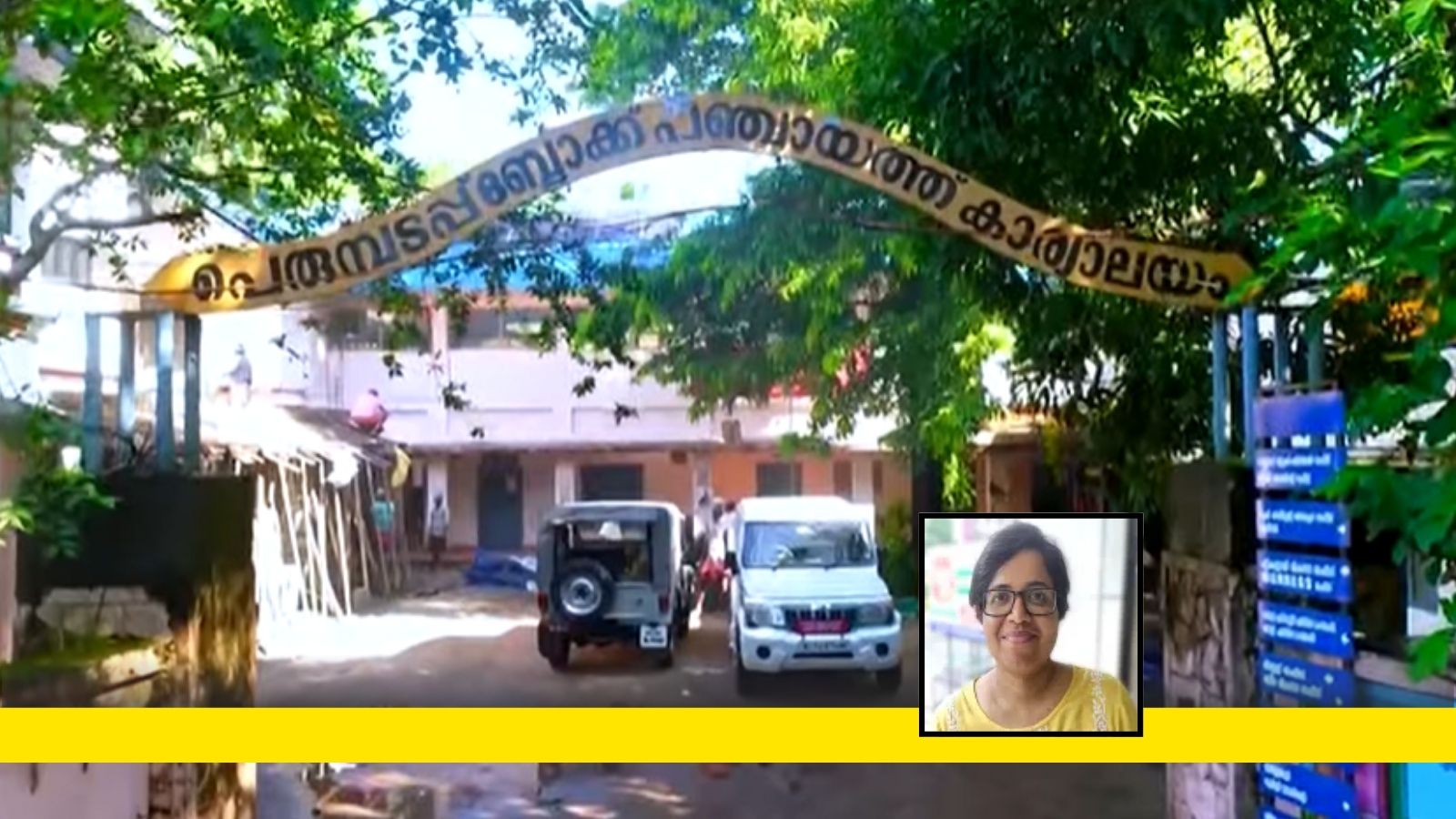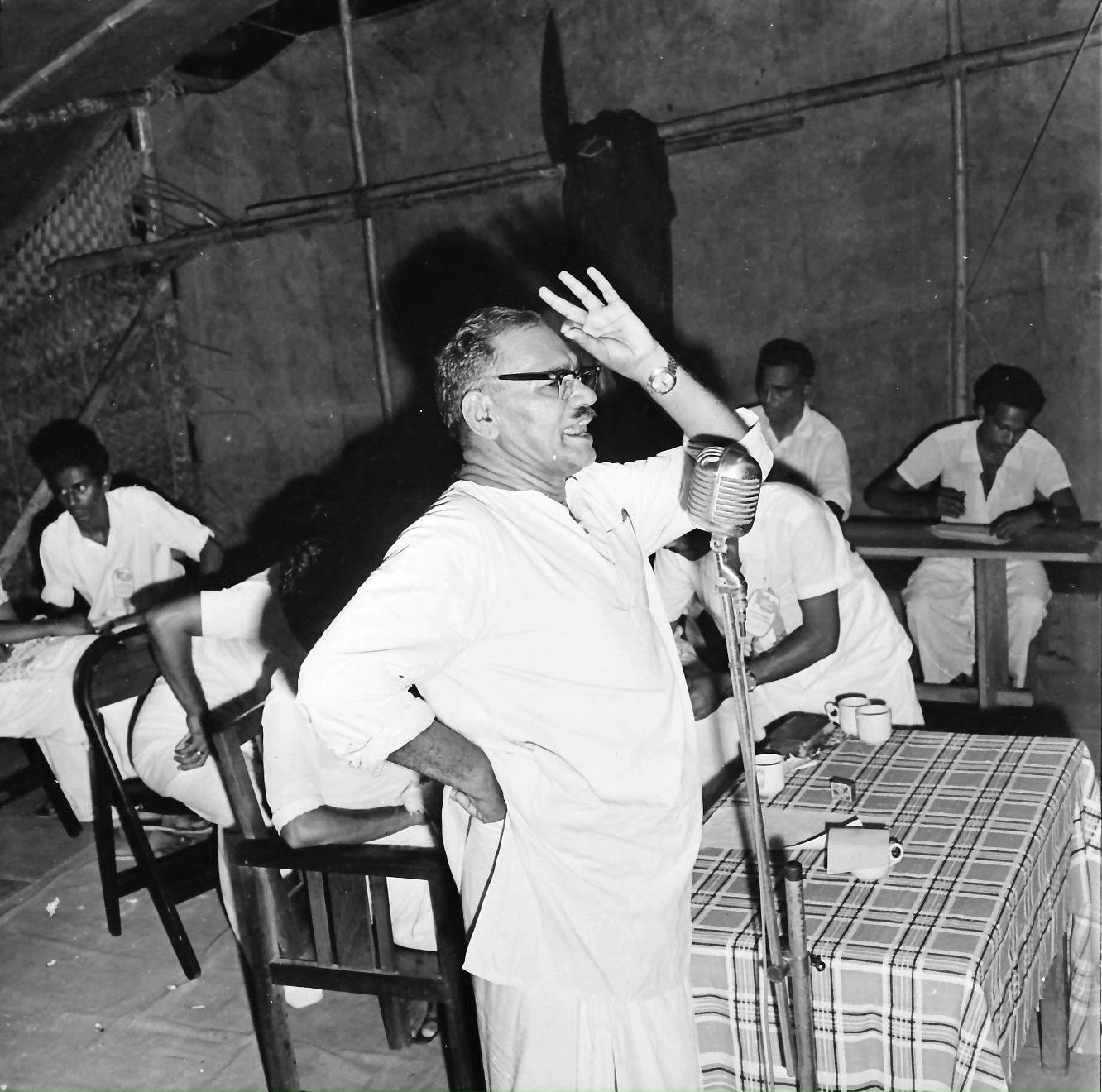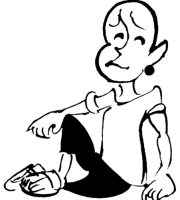A Note for Art and Design Students: The Impact Of AI in Academia, Career and Beyond
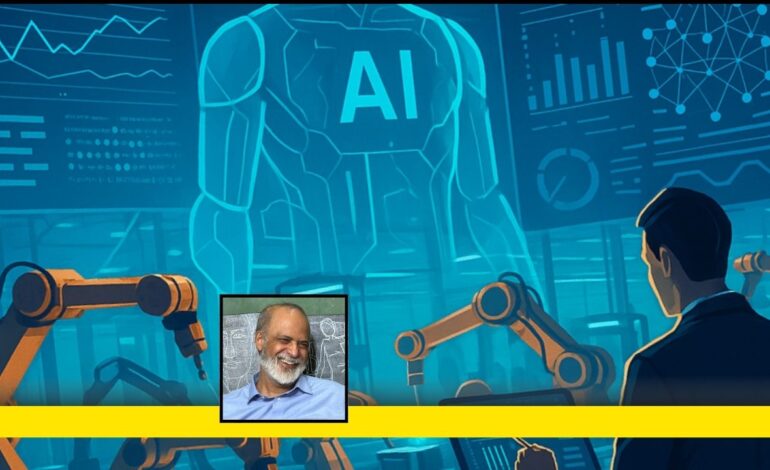
One of the most critical discussions currently unfolding in academia is about the impact of artificial intelligence (AI) on research, content creation, contextual understanding, and engagement. This has triggered widespread anxiety among both educators and students. Teachers worry about AI encroaching upon their domain of knowledge transfer and production. Meanwhile, students fear for their prospects, perceiving rapid technological advancements in AI as potentially threatening to their careers.
This fear of technological displacement is not new. In the late 1980s, when I entered the field of computer programming, a similar anxiety gripped corporate sectors, particularly in accounts, human resources, finance, production, and planning. Employees feared that computers would replace them. Trade unions even organised nationwide protests against the introduction of computers. But decades later, computers did not just replace jobs—they created far more jobs than they displaced.

Whenever we tried to rationalise the value of computers, sceptics would disagree or at least argue, “You don’t understand the complexity of the problem; this technology is anti-human.” Today, I heard the same reaction when I tried to explain AI. There are people who insist that I underestimate the scope and implications of AI, pointing to the creative capabilities of generative AI and large language models (LLMS).
The Industrial Revolution split the world into two dominant societies—industrial and agricultural. Within industrial societies, a further division emerged between the working class (represented by Socialists and Communists) and the management class (Capitalists). Predominantly agricultural societies like India, leaned towards socialism or a mixed economy.
Industrial society’s focus on maximising production led both Communists and Capitalists to embrace mechanisation and automation, often at the expense of traditional labour. Yet, contrary to fears, mechanisation also generated more jobs, fueling further industrial growth.
The collapse of communism and the rise of technology further transformed Industry. The old divide between working-class and management evolved into a divide between mechanical labour and technological labour. Developed capitalist nations embraced technological labour and outsourced mechanical production to developing countries.
Over time, even developing nations mastered technology, emerging as global leaders in sectors like IT, displacing service industries in developed economies. Both regions lost specific job categories but gained new ones.

Now, we stand at the cusp of another shift. AI is not just automating manual tasks—it is beginning to automate cognitive tasks: language processing, communication, decision support, diagnostic analysis, and predictive analytics. While machines replaced physical labour and computers transformed cognitive tasks, AI targets higher-order mental processes.
From the 1900s to 2025, the global population grew from 1.65 billion to 8.05 billion. Humanity has not just survived successive waves of automation; it has thrived. Technological evolution did not kill humanity—political conflicts did. AI, too, will open new opportunities.
AI in Media: A Case Study
An editor friend from a leading English newspaper recently shared an interesting observation. In the past, one of their biggest challenges was maintaining language quality in reports, especially when copies were filed from rural areas. But with AI, all submissions now arrive in polished English—sometimes even in “Oxford English.” Now the challenge is making these polished texts more contextually “Indian.” This is not just an English-language phenomenon. Vernacular languages also benefit as AI transforms communications to reflect the highest historical quality derived from vast data training sets.
Language defines culture, education, and human dignity. AI is poised to trigger a significant social transformation in the coming decade by democratising access to high-quality language and generating better and sophisticated communications.
Regarding job opportunities, let me illustrate with a case study that demonstrates how AI is poised to transform industries, creating larger and more diverse opportunities. Since we began with the media industry, let us maintain our focus there.
One of AI’s pivotal roles, leveraging its foundation in historical data, is to influence decision-making by generating informed insights. By analysing vast datasets, AI can assess various outcomes and guide users on which decisions will likely be the best, average, or poor. This data-driven approach enhances decision quality and redefines how industries operate.
Below are three tables that I generated using an AI platform. The first table provides a comparative chart of major English newspapers, highlighting the product categories best suited for advertisements on specific pages and their respective impact. This analysis is based on data from the internet, which was transparently listed alongside the results (Chart 01). Following this, I conducted a second query focusing on English TV channels in India.
Instead of analysing content pages, I explored optimal advertising time slots for maximum impact (Chart 02 and Chart 03). If the results seem surprising, they shouldn’t be viewed with alarm. Instead, they present an excellent strategic planning and content design opportunity, allowing for informed decision-making and optimisation.
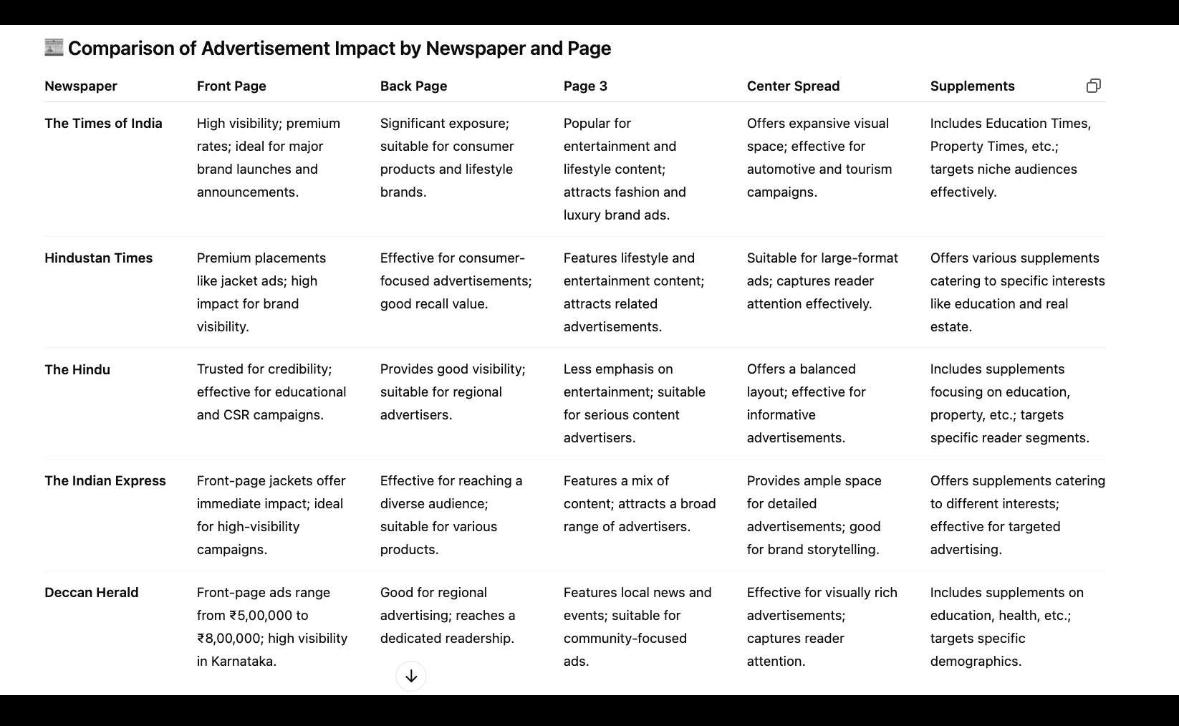
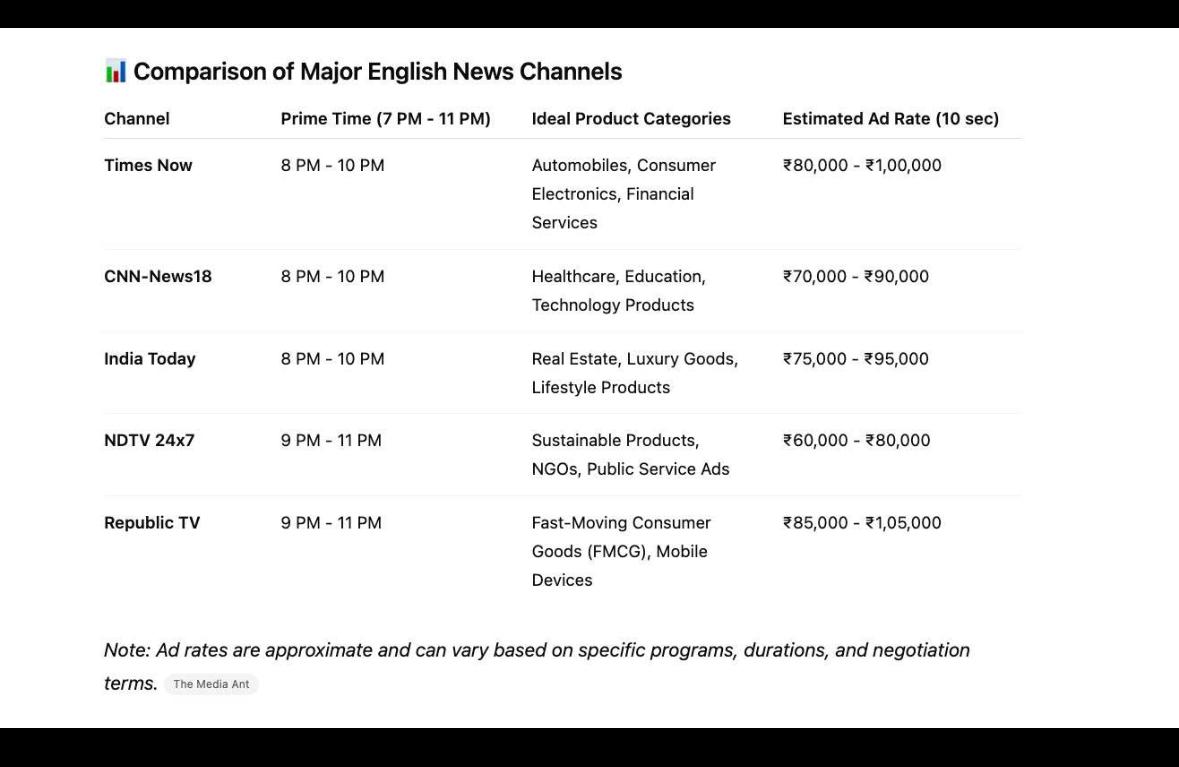

Firstly, these tables provide a clear understanding of optimising page content to retain existing readership or expand the client base. To maintain readership, one can enhance content quality, introduce more diverse subjects, and involve subject matter experts. Alternatively, expanding content categories can attract advertisements for different products. In either case, the result is more job opportunities and higher-quality content, rather than a decline.
Even if one disregards AI-driven surveys and their inherent biases, advertisers will continue using AI tools to assess impact. This makes it essential to focus on the opportunities AI design offers. AI’s decision making insights are based on historical data from studies, reports, journals, and academic engagements in the field.
Industries must invest in research, data collection, and high-quality studies to enhance decision making or influence these data-driven insights. This approach improves data accuracy and creates new possibilities for advertisements and business opportunities, effectively establishing a circular economy.
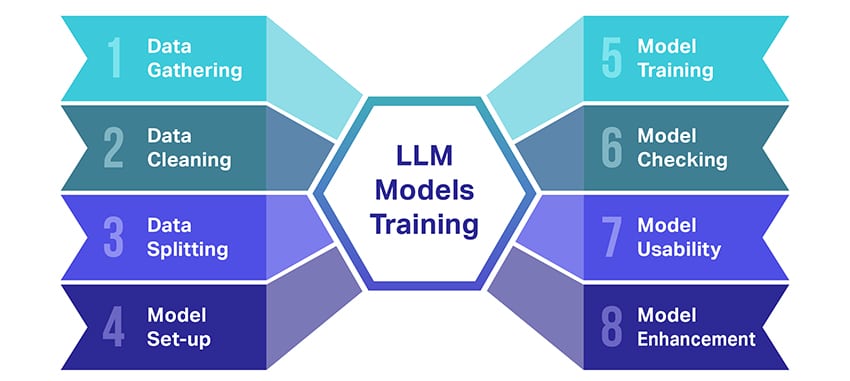
In other words, rather than eliminating human opportunities, AI can generate even more, just as mechanisation and automation did, supporting a global population that grew from 1.65 billion in 1900 to 8.05 billion in 2025. AI is no different.
Humanity is not naive. What protected us from the disruptive impact of mechanisation and automation driven by the greed of a few was our collective consciousness. Beyond all technological advancements, ethical and moral awareness have always guided us. Wars were never fought merely to protect food, shelter, or jobs—they were fought to defend human virtues, values, and emotions. We will harness AI in ways that benefit society, which is already happening.
Certain roles and tasks may be displaced in this AI sectoral development, but, as the media industry example shows, this can lead to better and more diverse opportunities.
So, to my dear art and design students: do not worry. Your job is not being taken away. Some specific tasks may change, but that does not diminish your capabilities. Your true strength lies in humanising—bringing a humane touch to everything you create. Opportunities for humanising will always remain and evolve.
Don’t limit yourself to operational skills alone. Aim to become a creative mediator, capable of humanising the emerging AI-driven world.
Nothing is lost; everything is evolving.
